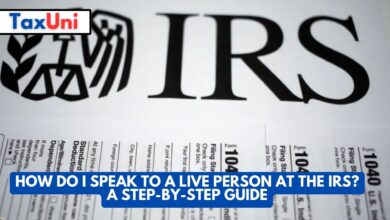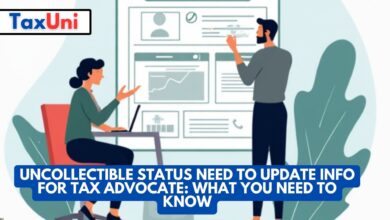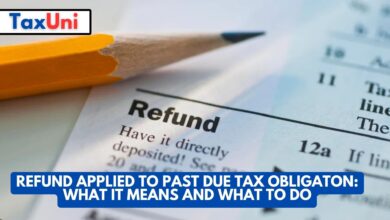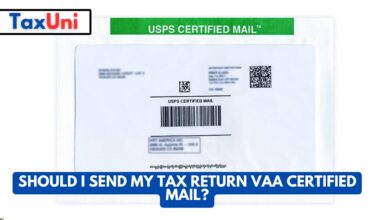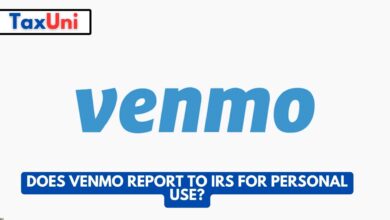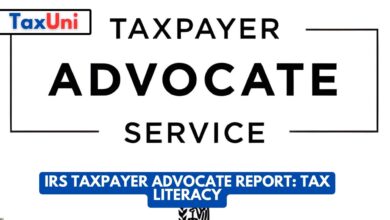Form 1099-Q
The person who manages a qualified tuition program or Coverdell education savings account must file Form 1099-Q with the IRS. This form reports distributions from these accounts. A portion of the distribution may be taxable depending on how much is used for qualified expenses.

529 plans and Coverdell ESAs are tax-advantaged investment accounts that can help you or your family save for education expense goods. The institution that manages your account must send you Form 1099-Q by January 31 each year. Around tax time, you might receive a lot of different IRS forms. Form 1099-Q is one of those forms. It documents withdrawals from qualified tuition programs (QTP) like 529 plans and Coverdell Education Savings Accounts (ESA). QTPs are tax-advantaged investment accounts that help you or your family save for higher education expenses. The earnings from these investments grow tax-free as long as you use the withdrawals to pay qualifying education expenses and follow other IRS requirements for these accounts. Only the portion of a distribution that exceeds the amount spent on eligible education expenses is taxable, and you must report this income when you file your tax return. To find out how to report this amount, refer to IRS Publication 970, Tax Benefits for Education.

How to Fill out Form 1099-Q?
If you’re receiving distributions from a QTP, your administrator will report them on Form 1099-Q. The amounts reported in Boxes 1 and 2 represent the total annual distributions made from the account. Box 3 reports the portion of distributions representing account earnings. The amount in Boxes 1 and 3 must equal each other. The recipient of the distributions is listed in Box 7. If the withdrawals are taxable, they’re reported as other income on Schedule 1, attached to Form 1040, and included on any applicable state taxes. Keep a copy of your 1099-Q with your tax records. You don’t need to file it with your federal return, but you should keep it.
